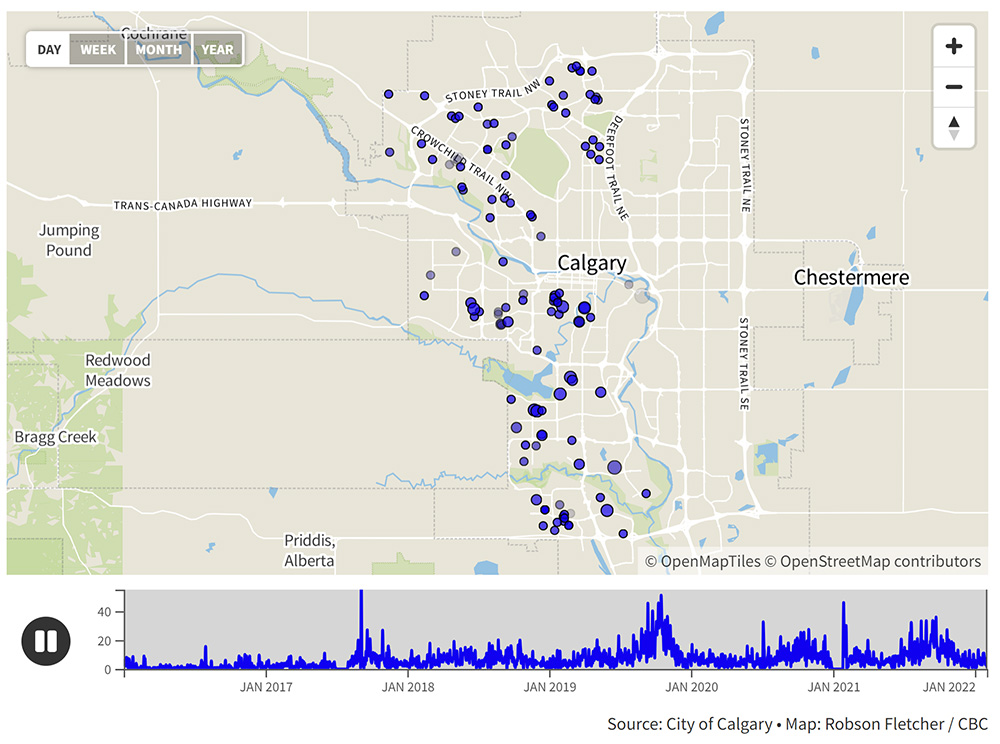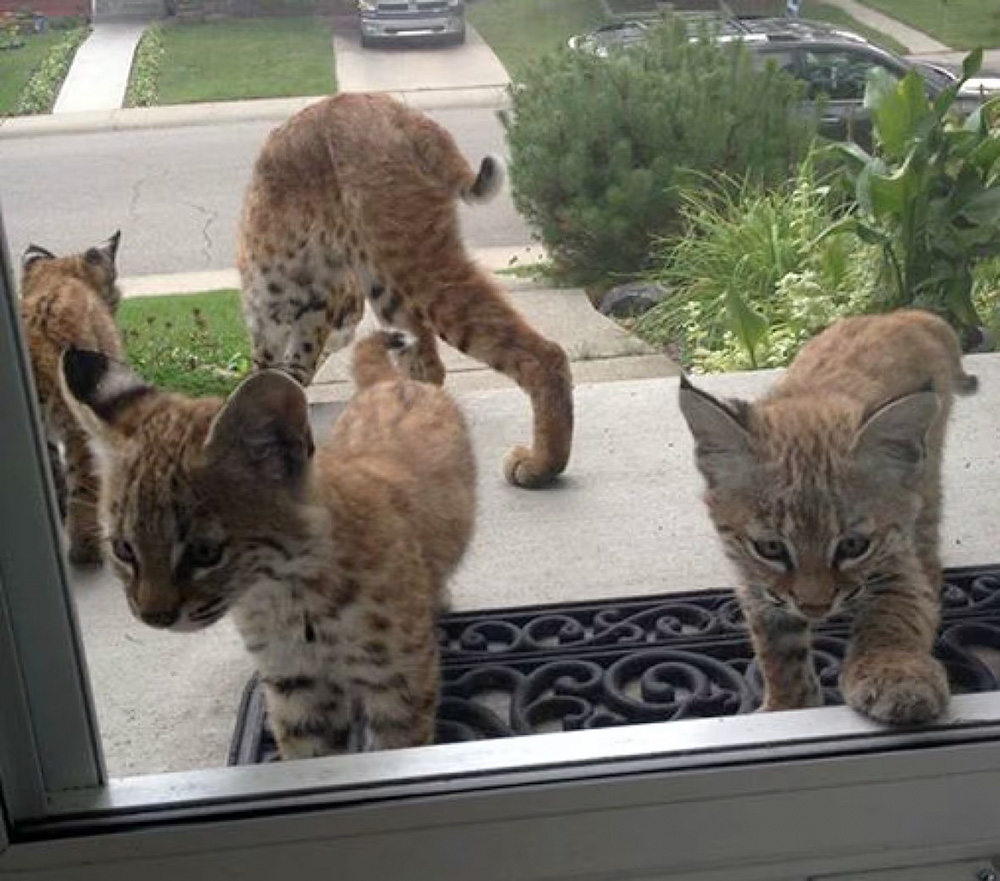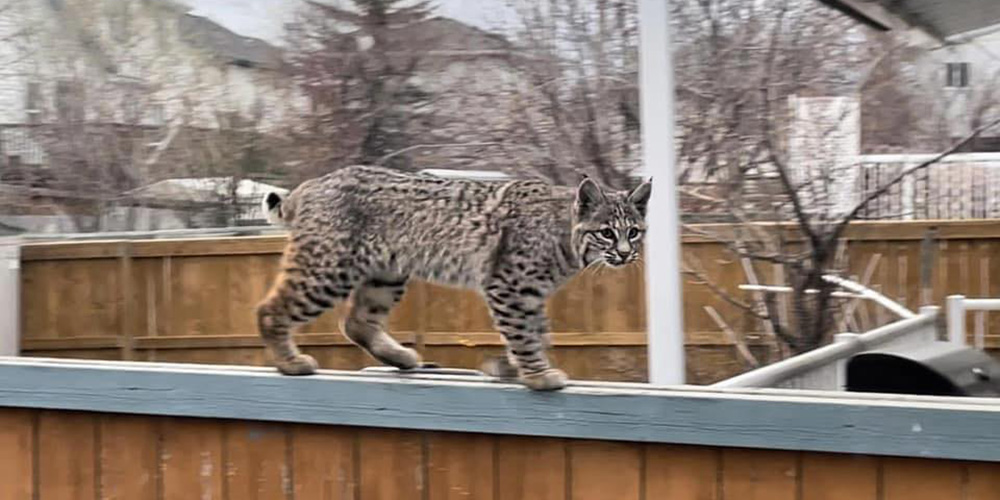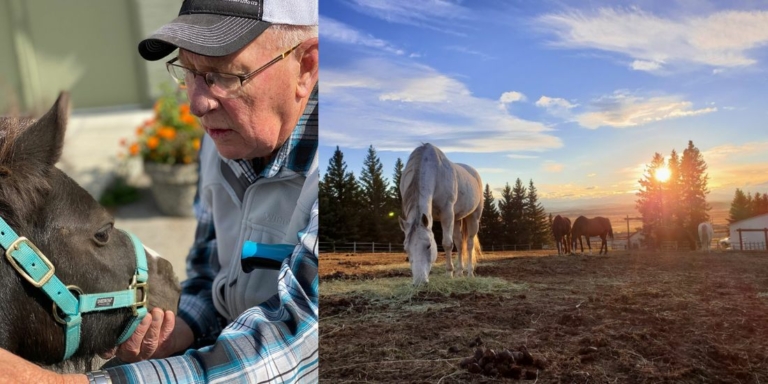We’ve all heard about the incredible number of new Albertans moving into our cities in recent years. However, one class of migrants moving from rural to city life is completely unexpected.
Bobcats!
Calgary has witnessed a remarkable surge in its bobcat population in recent years.
According to Vanessa Carney, a landscape analysis supervisor with the City of Calgary, bobcat sightings have escalated dramatically over the last few years, rising from an average of 1,000 in 2018 to a steady 2,000 annually.
During the pandemic, more people were home, and so more sightings were expected.
But Carney notes that the high numbers of sightings have persisted through 2023, even as people have returned to normal activities.

Cat, Bobcat or Lynx?
In case you’re unfamiliar with bobcats, they look like overgrown house cats on steroids, as big as a small to medium-sized dog and with distinctive black bars on their forelegs and a black-tipped, stubby (or “bobbed”) tail, from which it derives its name.
The only other animal you could confuse it with is its close cousin, the lynx.
But lynx prefer forested areas and tend to stay away from urban habitats.
The lynx has extra-long tufts of fur on its ears and a shaggy mane of fur around its cheeks. Lynx are also larger, have longer legs, and have big furry feet that act as snowshoes. They usually carry their hind ends higher than their heads when walking.

Worried or Thrilled?
The city’s human residents have expressed a mix of excitement and caution over their new neighbourhood bobcats.
Bobcats in Calgary have been observed using sidewalks, lounging on fences, and even peering through windows.
Cathy Brodner, a Calgary local, shared her exhilarating encounter with bobcat kittens in her Douglasdale yard, a sentiment echoed by many who find seeing these wild cats in their neighbourhoods thrilling.
On the other hand, Isabelle Miller was worried about pet and child safety when a mother bobcat with an injured leg and her three kittens started frequenting her property in Panorama Hills in July.
When Miller reported the situation to the City of Calgary and Fish and Wildlife, she said neither agency would send an officer to her home.
Fish and Wildlife told Miller to make her backyard as “uncomfortable as possible” for the bobcats in an effort to control the situation.
“Fish and Wildlife called us to tell us they would not be coming, and that they no longer come out for bobcats. There are too many in the city now, they said. Had it been a coyote, they would have come out, apparently, but they just suggested more things for us to try” like airhorns, sprinklers and mothballs.
Fish and Wildlife told CTV Calgary News:
“We understand that many people worry about bobcats being dangerous, but these animals do not generally present a danger to the public and are not at all likely to attack humans. Fish and Wildlife follows up with individuals who report a bobcat sighting and provides them with tips to help them get rid of the bobcats from their properties by making the environment uncomfortable and unattractive. If a bobcat is returning to a neighbourhood or a property, it is because shelter or easy meals are available there.”

Northward Migration
Bobcats, traditionally, were only found in southern Alberta. In recent years, they appear to be moving northwards, with sightings in Red Deer and reports of bobcats around Edmonton and Cold Lake.
The reasons behind the bobcat’s northward migration and urban adaptation are complex.
Sara Jordan-McLachlan, a Miistakis Institute conservation analyst, suggests that increasing wild population numbers might drive these territorial animals to seek new home ranges.
The warming climate has species like bobcats and raccoons expanding ranges northward in Alberta.
Bobcat’s ‘boldness’ could stem from finding more benefits than dangers from human contact. Being near humans offers protection from other predators and an abundant food supply, like birds and rodents attracted by human activities.
However, cohabiting with bobcats comes with challenges.
Jordan-McLachlan warns that smaller pets can occasionally become prey for bobcats, advising pet owners to take precautions like keeping pets under watch at all times and not letting cats free to wander outside.
Despite their urban tendencies, data shows that Calgary’s bobcats still favour proximity to green spaces, indicating a need for thoughtful urban planning that considers wildlife connectivity.
In response, the City of Calgary is integrating wildlife considerations into its planning by creating safe passageways for wildlife under major roads and improving green space connections.
While some people are worried about bobcats in the city, most residents are welcoming their new neighbours.
There is even a Bobcats of Country Hills Facebook group for Calgarians sharing their encounters with bobcats in the Country Hills subdivision.






